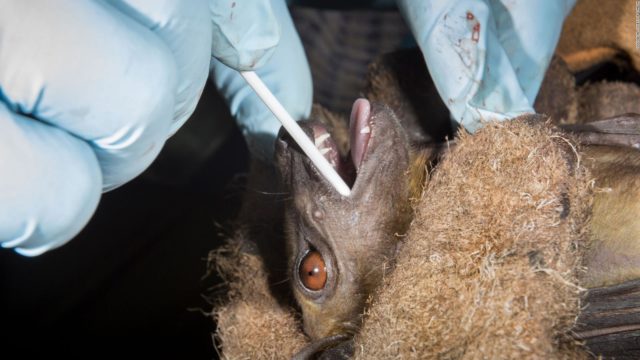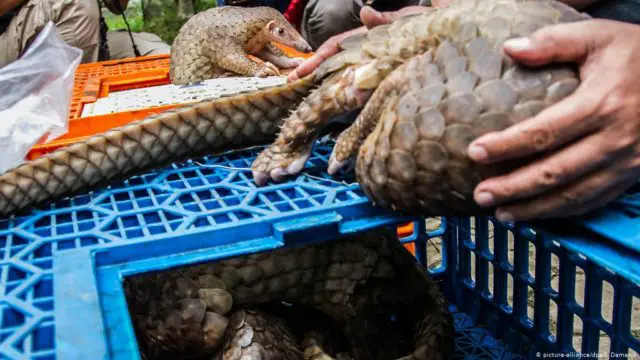
The appearance of the novel Coronavirus, that has already killed more than 180,000 people on the planet, originates in the animal kingdom and is passed on to humans, by anthropic activity, and if nothing changes, it could cause other similar viruses to emerge, experts warn. “Zoonoses”, the name given to diseases or infections that are transmitted from animals to humans, such as tuberculosis, rabies, malaria, or coronavirus are not new.
According to the United Nations Environment Program (UNEP), 60% of human infectious diseases are of animal origin, a percentage that reaches 75% in the case of the so-called “emerging” diseases such as Ebola, HIV, Avian Flu, SARS, Zika, and COVID.
“The emergence of zoonotic diseases is frequently associated with environmental changes,” as a consequence of “human activities, from land-use modification to climate change,” the UNEP said in a 2019 report.
According to Gwenaël Vourch, deputy director of the veterinary epidemiology unit at INRAE, a French public research institute, “the destruction of more and more ecosystems multiplies contacts between species, deforestation, agriculture or urbanization that modify the balance between species serve as a bridge to humans”, according to the scientist.
“The process that takes a microbe, like a virus, from a population of vertebrates, such as bats to humans is complex and man-made,” says Anne Larigauderie, the executive secretary of IPBES, the UN Panel of Experts on Biodiversity.
World Tragedy

Before the current pandemic, IPBES estimates that zoonoses cause about 800,000 human deaths each year. Rodents, primates, and bats are the main hosts for the majority of viruses transmitted to humans (70%) according to a recently published study by US researchers conducted before the onset of COVID-19. Domestic animals are also carriers of 30% of the zoonoses identified so far.
The study indicates that the wild species that share the most viruses with humans are precise “those whose population is falling due to exploitation and habitat loss. “We are modifying their territories, which increases the frequency and intensity of contacts between humans and wildlife and thus creates the ideal conditions for viral transfers,” says Christine Johnson of the University of California’s veterinary school, who heads a study on the matter.
According to the UN Panel on Biodiversity, this trend will continue and the frequency of pandemics will increase due to changes in land use, combined with the increase in trade and travel.
“Beyond the essential response to each epidemic, we must reflect on our model and specifically on our relationship with natural ecosystems and the services they provide us, conductive to a transformative change and find a solution to this global tragedy so that economic sectors such as finance, fishing, transport or energy take the environment into account”, according to the experts.
“There are already effective strategies to control most zoonoses,” said the 2019 UNEP report, but the main problem is the lack of investment. The integrity of ecosystems is the foundation of human health and development,” according to the UN.
For Jane Goodall, the 86-year-old British primatologist who has dedicated her life to defending animals, this current pandemic is the result of contempt for animals. “It is our disregard for nature and our lack of respect for animals, with which we have to share the planet, that has caused this long-anticipated pandemic,” Goodall said in a conference call.

